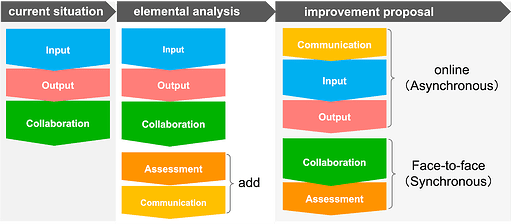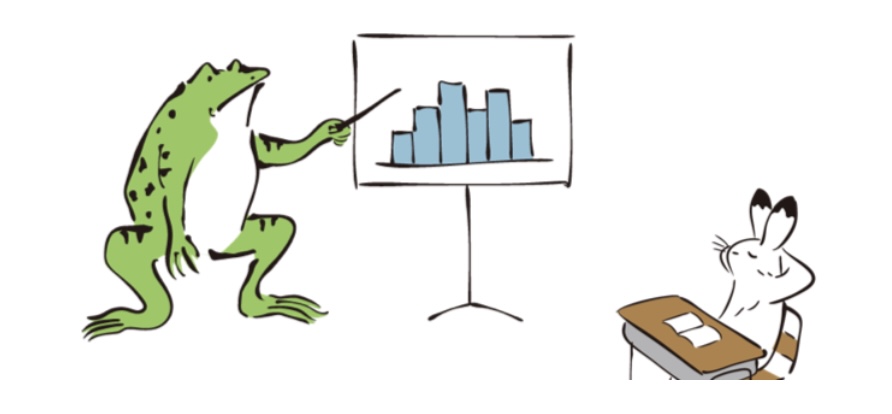Hello! Greetings from Japan!
I am Katsusuke Shigeta from Hokkaido University, a current OEG board member. I will introduce the current open education practices in Japan, especially the efforts at Hokkaido U, an organization I belong to.
The Progress of Open Education in Japan
In Japan, open education is evolving steadily through enhanced accessibility of learning and technological innovation. This evolution emphasizes sharing learning resources and spreading knowledge, with digital advancements promising to expand the quality and reach of education. Since 2005, several national and private universities in Japan have embarked on open courseware initiatives, which continue to this day. Organizations like Open Education Japan are spearheading these initiatives.
Hokkaido University Center for Open Education
In today’s complex society, the role of higher education is undergoing significant transformation. Higher education increasingly demands more open, flexible, and effective teaching methods to cultivate lifelong learners. The Center for Open Education (OEC) contributes to improving the quality of education at our university by resolving educational challenges faced by our faculty and academic programs through adopting ICT in teaching and introducing hybrid classes. At OEC, the specialists in developing educational materials, designing classes, and creating systems are supporting faculty and staff. OEC is committed to implementing hybrid classes combining online and face-to-face elements. This approach allows students to learn flexibly without being bound by time or location. We are advancing “digital seamless learning,” expanding our online platforms and wireless LAN network within the university, and introducing hybrid classes.
Development of the ‘Rebuilding Method’
To facilitate faculty adoption of hybrid classes, OEC has developed an innovative approach called the ‘Rebuilding Method.’ This method assists faculty in effectively using digital tools and integrating face-to-face and online education.
We developed a design methodology and an artifact - the “Rebuild method” and “Course design toolkit,” designed to interactively visualize and modify the course design process. In the “Rebuild Method,” teachers categorize existing course designs into five instructional activities: communication, input, output, collaboration, and assessment. After that categorization, the teacher member chooses whether each teaching activity should be conducted face-to-face or online, referring to the materials on the features and benefits of blended learning. Afterward, teachers choose a synchronous or asynchronous mode for each activity and arrange the sequence of activities. The advantage of this method is that teachers could plan blended learning based on the existing teaching strategy by analyzing and refining it from the instructor’s perspective.
In addition, we developed the “Course Design Toolkit,” which supports teachers in visualizing and modifying the structure of their courses. This Toolkit consists of learning materials and a design tool utilizing Google Jamboard, which enables teachers to learn the characteristics and advantages of blended learning, support visualization and modification of teaching strategies, and share with teacher training program participants. The Toolkit is open and available as an Open Educational Resource via our website. In the teacher training program in 2021, 10 faculty members participated. By analyzing the course design they conducted, the method and Toolkit effectively supported the course design process of blended learning. The Center was awarded the ‘Best-in-Track’ prize at OLC Innovate 2023 as a testament to these efforts.
Future Outlook
Moving forward, the Center aims to further advance digitalization and hybrid learning, expanding the possibilities of open education through innovative methods. This approach will pave new paths for the Japanese higher education system, heralding an era of transformation and growth!
Please share your thoughts on the thread if you have any questions or suggestions!


